Nasturtium, care of the Taco de Reina plant
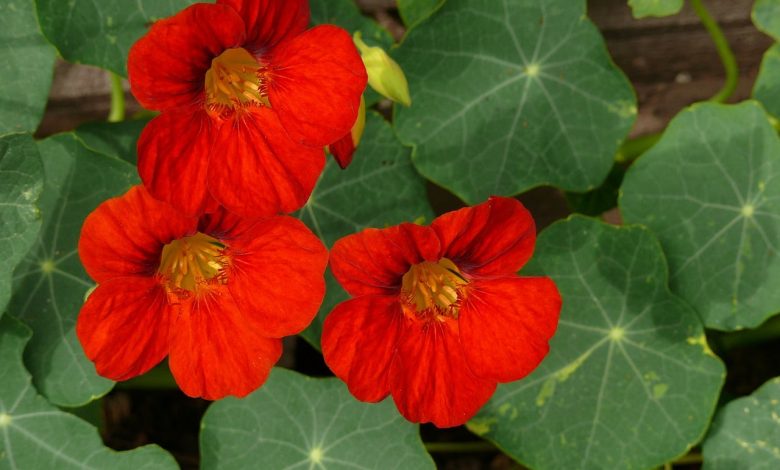
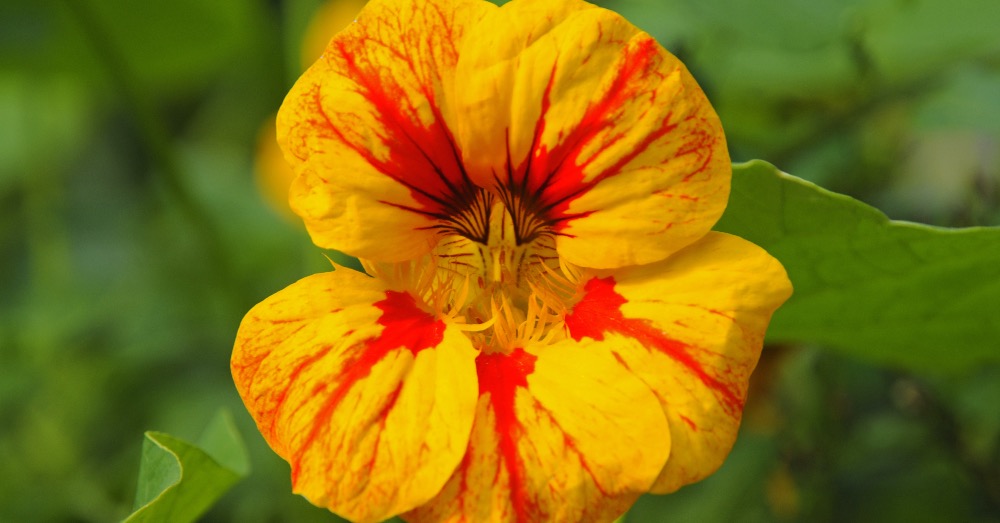
It is one of the most attractive outdoor plants, both for its colors and for its ornamental value. Two aspects to which it is possible to add another fundamental one to opt for it: the care of the Nasturtium is extremely simple and accessible even for those who are new to caring for plants. Some that compensate when this plant, also called Taco de Reina, displays its trumpet-shaped flowering in yellow, orange or red colors. And they are not only beautiful: in addition, the Nasturtium is very generous and can be in flower from spring to even well into autumn.
Before going into detail on how to take care of it, it is convenient to know a little more about the popularly called Nasturtium. Although we are more than familiar with it, this plant is native to Central and South America. Some latitudes very different from ours that, with some precautions, are not an impediment for them to prosper in our climates. However, and beyond knowing in depth the care of the Nasturtium, it is essential to know in depth the species that we have in hand.
Taking these aspects into account, let’s see what this fast-growing plant needs to develop and cover the space in which we plant it with nature.
CARE OF THE Nasturtium SO THAT IT PROSPER SUCCESSFULLY
Before looking at how to grow it in depth, let’s delve a little more into its characteristics. When we think of the Nasturtium, it comes to mind that it is a plant that is part of the list of climbers. And indeed: a good part of the more than 80 species that exist of this plant are. However, it is important to know that it is possible to enjoy it in very different ways: the Nasturtium can be used as a creeping plant but it is also perfect if we have it hanging.
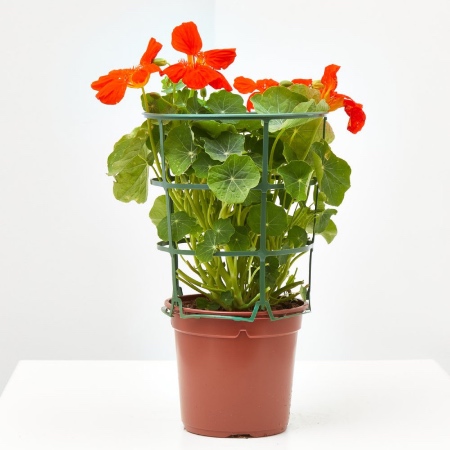
In addition to this, there is another aspect that we must know before planting it among our plants. Being rigorous with the care of the Nasturtium, it is highly probable that it will have a spectacular development in a short time. Something that is not an impediment, as long as we plan its plantation considering the size it can reach and knowing one detail: it can become invasive. That is why it is important that it does not have other plants around it: it can even climb on them at any given time.
But let this not be an inconvenience! It can be a perfect choice if we want to fill a terrace, a garden wall with life or even embellish a gazebo or a pergola with nature.
1. The soil, a minor detail in its cultivation
The type of substrate is something that should not worry us: the Nasturtium is capable of growing even in poor soils. However, and if we can choose, the ideal is to plant it in a loose and nutrient-rich substrate, such as a good universal substrate.
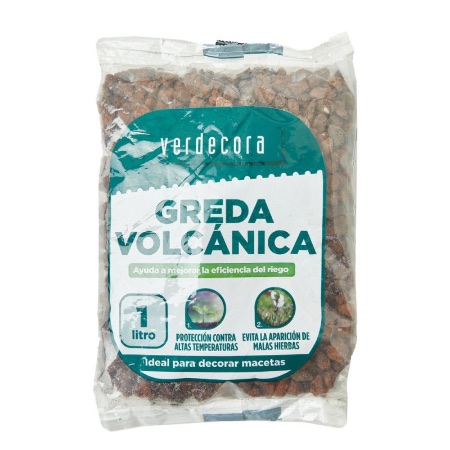
But, even more important than this, is to provide you with a highly effective drain. The Nasturtium is not a friend of waterlogging, so we will have to maximize this aspect to prevent its roots from rotting.
2. The location, fundamental in the care of the Nasturtium
It is, without a doubt, one of the cares of the Nasturtium that we must pamper. And it is that, despite the fact that she admits to being in semi-shade, it is not the natural space for her. For our plant to grow as expected but, above all, for it to bloom generously, it will be essential that we plant it in a location with full sun.
But be careful: if we live in a very hot climate in the summer months, too much sun can damage the plant. In this case, the ideal is to plant it in semi shade.
3. Irrigation, a demanding aspect in the summer months
A common mistake in the care of the Nasturtium is to think that it is one of the plants resistant to drought. A statement that is not entirely true, and that we must consider with many nuances. Although it is true that it can withstand short periods without irrigation, the truth is that in the flowering months it requires a slightly moist substrate. Something that we will achieve with constant and moderate risks.
However, with the arrival of autumn, the plant itself will tell us that it is time to stop watering. How? Yellowing its leaves. It will be its way of telling us that it is going into vegetative rest and, therefore, that it does not need irrigation.
4. Fertilizer, an important help during the flowering season
For our Nasturtium to be generous with its flowers, it is important to give it a regular dose of fertilizer in the flowering months. To do this, nothing like using a liquid fertilizer for flowering plants diluted in the irrigation water once a month.
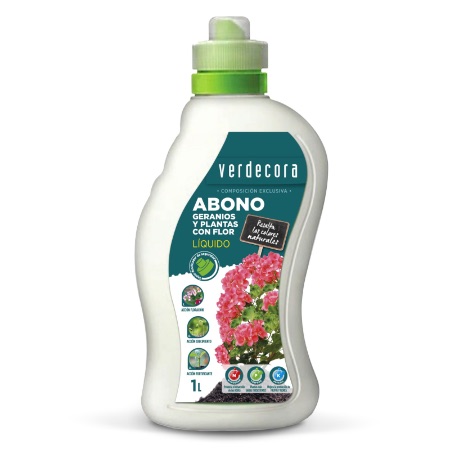
With the end of summer, it does not hurt to apply earthworm humus on the basis of our plant. A way to keep it nourished in a sustained manner over time in the months prior to vegetative rest.
5. The temperature, an aspect to watch
It is, without a doubt, the greatest precaution that we must take in the cultivation of the Nasturtium. We are talking about a plant that, due to its origins, is cold. It suffers when temperatures drop and requires some extra care in cold months. In addition to mulching to protect its roots, it doesn’t hurt to cover it with a protective garden blanket.
Important: it does not tolerate frost or temperatures below one degree below zero.
6. Pruning, a task we can forget about
You don’t need it! Actually, it will be enough to remove the branches and dry or yellow leaves. In addition, it is also important to remove spoiled flowers.
7. Pests, something to control closely
Due to its characteristics, it is an extremely attractive plant for pests such as aphids. A threat that, although it forces us to keep our Nasturtium under control, has another positive reading: it is an ideal plant if we consider how to start an organic garden. Being the target of this tiny insect, its presence among our crops can serve to prevent them from laying their eyes on our fruits.

But aside from the orchard, it is important to stop any aphid infestation on our plant with an insecticide. Given its speed of spread, it is more than likely that it will colonize our Nasturtium in a short period of time.
As you can see, the care of the Nasturtium is extremely simple and compensates for its beauty. Impossible not to count on her to fill any space with life and color.

![Photo of Carambolo: [Cultivation, Irrigation, Care, Pests and Diseases]](https://www.complete-gardening.com/wp-content/uploads/2021/06/Carambolo-390x220.jpg)
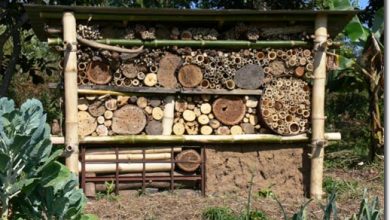
![Photo of Potted Orange Tree Care: [Soil, Humidity, Pruning and Problems]](https://www.complete-gardening.com/wp-content/uploads/2022/08/potted-orange-tree-care-soil-humidity-pruning-and-problems-390x220.jpg)
![Photo of Sansevieria: [Planting, Irrigation, Care, Transplantation and More]](https://www.complete-gardening.com/wp-content/uploads/2022/08/sansevieria-planting-irrigation-care-transplantation-and-more-390x220.jpg)